Patient of the Month- Chris D.
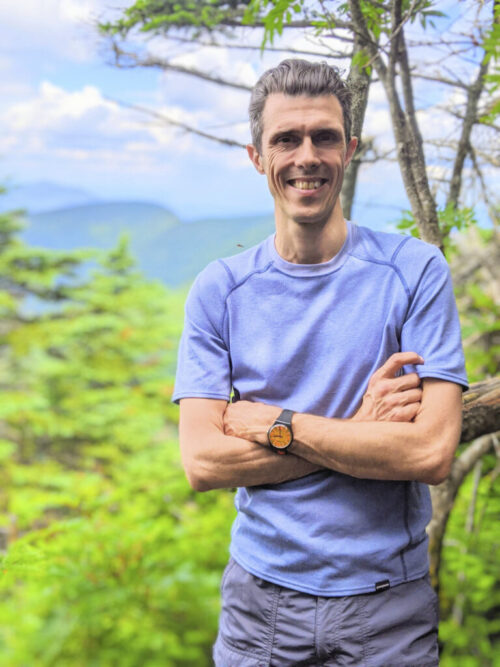
I became aware of HPP when I was about 38 years old, but in retrospect, I’ve been on this journey for a long time – I just didn’t know it. I was born with a very flat left foot (a bone deformity) and as a young child, my left tibia began growing at a slower rate, ultimately leaving my left leg about 1.5 inches shorter than the right. My parents were quick to notice these issues but years of examining and monitoring didn’t result in any solid diagnosis, as the Dr.’s suspected some sort of neurological issue. I spent the first three decades of my life very conscious of my cosmetically unique left foot but it carried no pain and I was able to move normally, so life went on. In grade school and middle school, I broke a fair share of fingers and toes but chalked that up as non-suspicious due to the fact that it was always a result of kicking and punching my brothers or jumping out of a tree. In retrospect, these were missed signals. I haven’t broken a bone since my teenage years, but also stopped playing sports at that time, as I discovered my passion for musical instruments (something that in retrospect likely helped prevent any further breaks or fractures from occurring).
My diagnosis came through a series of happenstance events. In my mid-30’s I fell off my bicycle in Brooklyn and went to PT to treat an arm injury. I’d never been to a gym or seriously worked out before. I started doing a lot of physical exercises and my hips began hurting after several months. I went to a hip surgeon to check it out and discovered that my shorter left leg meant that when I walk my hips rotate in an off-kilter way, wearing away all my cartilage and the pain was my hip joints grinding. However, the real tip was that the Dr. noticed my hip x-rays indicated my bones had very little density, and he recommended that I go see an endocrinologist. Within 3 months, in 2016 at the age of 39, my Endo diagnosed me with HPP. My ALP was very low and B6 was sky high. My bone density tests showed very low T scores of -2 to -3.9, and I had severe Osteoporosis. A genetic test confirmed the autosomal dominant form of HPP. As a young dude in NYC with a great career and living my dream I was devastated. I mourned a lot for a while and then the mourning was over. It was time to face this head-on and be on the offense rather than the defense!
I started tracing my genetics. I got my family tested and traced it to my dad, who is still an avid mountain hiker at age 80 with no history of any fractures or breaks, living a completely asymptomatic life. Add to that the fact that the dominant form is generally considered “adult onset” yet I had bone deformities at birth and through early childhood and it just proves how versatile this disorder can be even within the same family. My wife and I have an 8-year-old boy who is currently not showing any symptoms but does have HPP as he’s on the low end of his ALP range and has above range B6. We will see how or whether his manifestation unfolds over the years.
I also got on Strensiq™ fairly quickly and have been on it for 4 years now. I wasn’t experiencing any breaks, fractures or exhaustion prior to my diagnosis so I can’t say I feel materially different now, but I do hope it’s strengthening my bones and staving off any future weakening. Injections never get easier year to year, but to me it’s a must-do and I stick with it.
Lastly, I became an avid exerciser. I was lucky enough to discover HPP before it had progressed further and I wasn’t going to let it continue. I work out 3-5 days a week since my diagnosis. Weight lifting, elliptical running, bicycling, pilates, etc.
In April 2018 I had reconstructive surgery to correct my left foot, as years of wear and tear with a deformed foot caught up with me and I started experiencing significant pain walking and had been using a cane to get around in the months leading up to surgery. It was a successful operation and I am back on track with a corrected foot and no pain.
I couldn’t have come this far without my loving family and Soft Bones community! Soft Bones was the first patient community and resource I found, and speaking with people in similar situations was a huge relief. Soft Bones’ materials have been super helpful and I’ve used them repeatedly with different doctors for myself and my son. You’ll find me on the Soft Bones site staying connected and sharing what I can. I’ve met so many people struggling with the same sort of issues I do, and have made some great friendships. I became a Soft Bones Northeast Region Lead so that I could help give back to those who helped me and to share my own experiences, advice, and support.
If you would like to make a donation to Soft Bones, in honor of Chris, please click here.


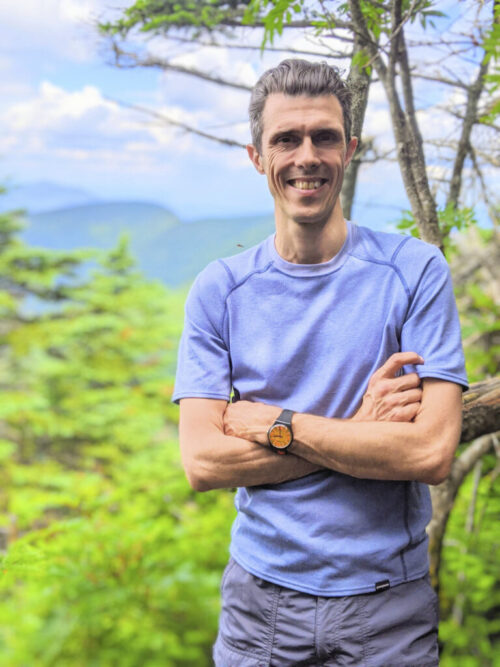

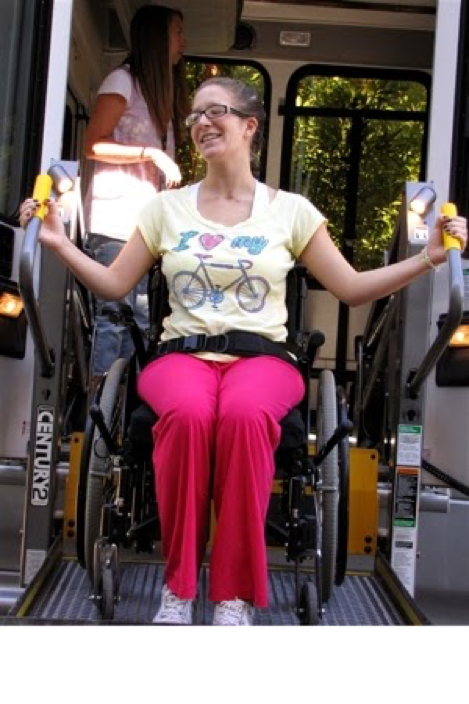
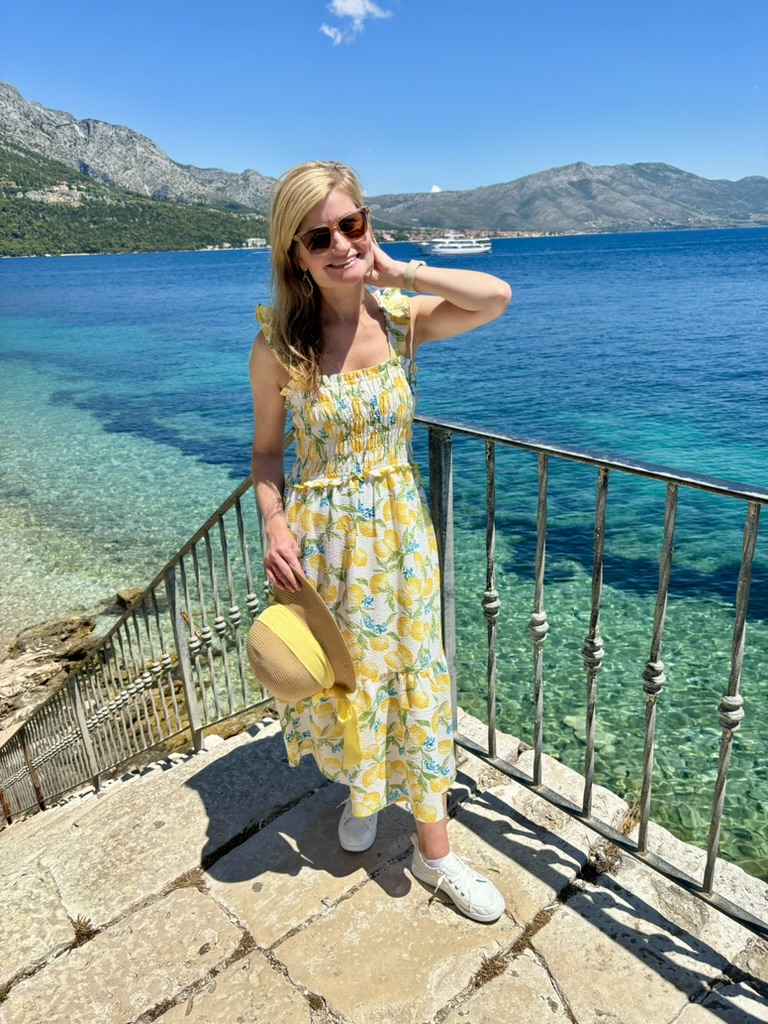
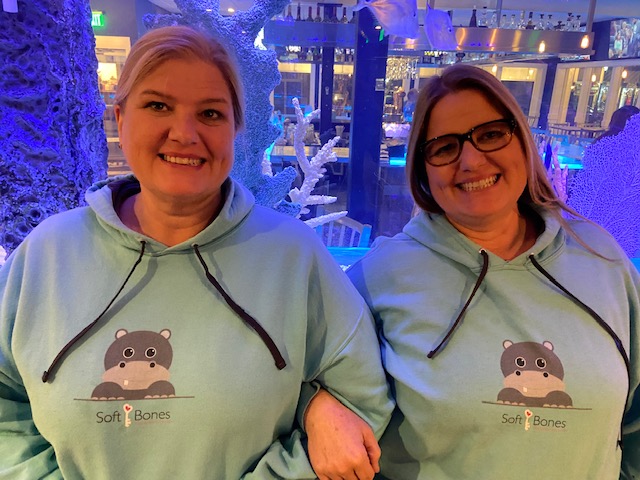
Responses